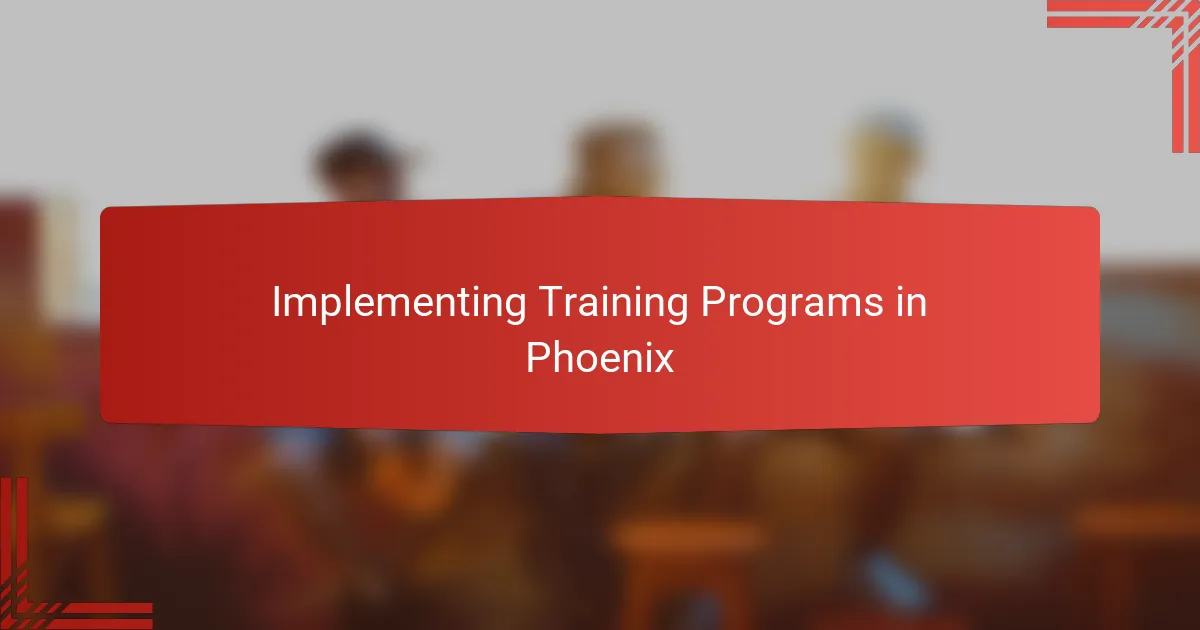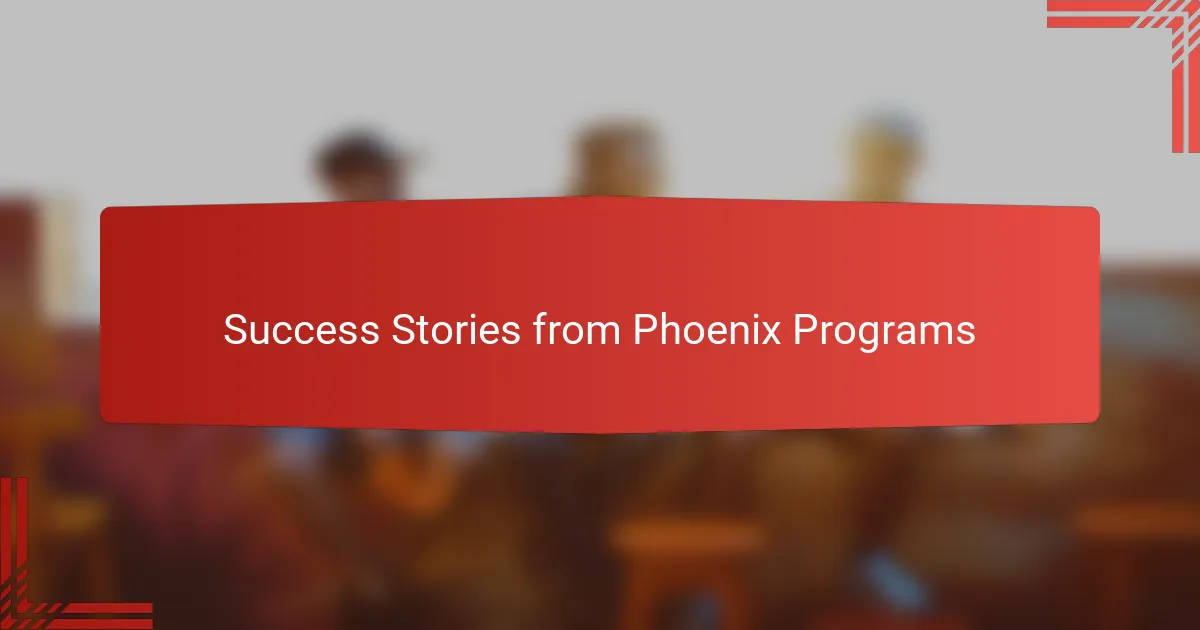Key takeaways
- Community life coaching empowers individuals by fostering trust and understanding, leading to a stronger sense of belonging and purpose within neighborhoods.
- Tech training for seniors enhances their confidence, independence, and connection, enabling them to navigate the digital world effectively.
- Effective training programs for seniors should be tailored to their needs, incorporate real-life scenarios, and create supportive environments for learning.
- Success stories from participants highlight the transformative impact of technology on personal relationships and community engagement.

Introduction to Community Life Coaching
Community life coaching, to me, is about unlocking potential within a neighborhood. Have you ever noticed how small changes in connection can ripple out to meaningful impact? I’ve seen firsthand how guiding individuals to tap into their strengths creates a shared sense of purpose and well-being.
What truly resonates with me is the blend of empathy and strategy this coaching requires. It’s not just about setting goals; it’s about understanding the stories behind those goals. When I meet someone ready to transform their community experience, I don’t just offer advice—I listen deeply, fostering trust that makes growth possible.
Isn’t it amazing how simple conversations can spark profound change? This coaching approach balances encouragement with practical steps, and I’ve watched people blossom when given this balanced support. It’s a reminder that every community thrives when its members feel seen, heard, and empowered.

Understanding Seniors and Technology Needs
When I first started working with seniors in Phoenix, I quickly realized how varied their relationships with technology can be. Some approach it with curiosity, while others feel overwhelmed or hesitant. What struck me was that their needs often go beyond just learning devices—they want to feel confident and connected in a digital world that sometimes seems designed for younger generations.
I remember one woman who told me, “I don’t want to use this phone wrong and embarrass myself.” That vulnerability opened my eyes to how important patience and empathy are when teaching tech skills. It’s not just about buttons and apps; it’s about helping seniors regain a sense of independence and pride in using technology on their own terms.
Have you ever wondered what seniors really need to embrace technology? From my experience, it’s about personalized support that respects their pace and life stories. Technology training isn’t a one-size-fits-all—it’s about listening carefully and adjusting to what each person feels comfortable with, making learning both accessible and meaningful.

Benefits of Tech Training for Seniors
One of the biggest benefits I’ve seen with tech training for seniors is how it restores their confidence. I recall an elderly gentleman who, after just a few sessions, proudly showed me how he was video calling his grandchildren across the country. Isn’t it wonderful how technology can rekindle family bonds that distance once made difficult?
Beyond staying connected, tech skills open up a world of information and services that many seniors previously found daunting. They gain the ability to manage appointments, access news, or even do their shopping online. From my experience, this newfound independence not only eases daily tasks but also empowers them to take charge of their lives in unexpected ways.
Have you noticed how technology can sometimes feel isolating instead of uniting? For seniors, learning to navigate devices breaks down that barrier. It creates social opportunities, sparks curiosity, and provides mental stimulation—benefits I witness regularly that go far beyond the screen itself.

Designing Effective Tech Training Programs
Designing effective tech training programs starts with understanding that seniors learn differently. I found that breaking down complex tasks into manageable steps prevents frustration and encourages confidence. Have you ever tried teaching something new by rushing through the details? It rarely works. Patience and clear, simple instructions make all the difference.
I also believe incorporating real-life scenarios helps make lessons relatable. When I showed a participant how to video call a family member, their eyes lit up—they weren’t just learning buttons; they were opening a door to connection. Tailoring training to their interests and daily needs keeps motivation high and learning meaningful.
Finally, creating a supportive environment where questions are welcomed shapes success. When one woman kept asking “What if I mess up?”, I reassured her that mistakes are part of learning. That mindset shift—from fear to curiosity—changed everything. Isn’t that what effective teaching is really about?

Implementing Training Programs in Phoenix
Implementing training programs in Phoenix means meeting seniors right where they are—in community centers, libraries, and even local cafés. I often find that choosing familiar, welcoming spaces helps ease their initial apprehension and sets a relaxed tone for learning. Have you ever noticed how the right environment can make all the difference when trying something new?
From my experience, collaboration with local organizations is key. Partnering with senior centers and neighborhood groups not only boosts attendance but also creates a support network that extends beyond the classroom. I recall one program that thrived simply because the seniors felt they belonged to a caring community, not just tech students.
Scheduling flexible sessions tailored to seniors’ energy levels and routines made a huge difference, too. Some preferred morning classes when they felt sharpest, while others benefited from afternoon meet-ups with a slower pace. Isn’t it powerful how small adjustments honor individual rhythms and encourage genuine participation?

Success Stories from Phoenix Programs
One of the most memorable moments comes from a participant named Gloria, who was initially hesitant about using email. After just a few weeks, she was emailing her daughter regularly and even started sharing photos. Watching her face light up when she realized she could maintain those family ties independently—it’s a reminder of why this work matters so much.
Then there’s Frank, who embraced online banking after some patient training. I was amazed by his pride when he told me, “I never thought I’d do this on my own, but now I feel in control.” That shift from uncertainty to empowerment is exactly what these programs aim to achieve, and seeing it firsthand never gets old.
Have you ever wondered how small successes build a larger sense of community? These stories are more than isolated wins—they weave a tapestry of confidence, connection, and joy among Phoenix seniors. Each time someone masters a new skill, it creates momentum that inspires others to join in and grow.